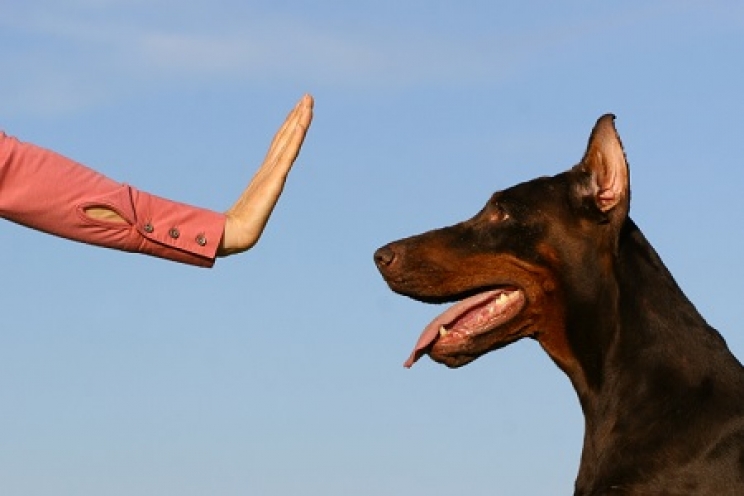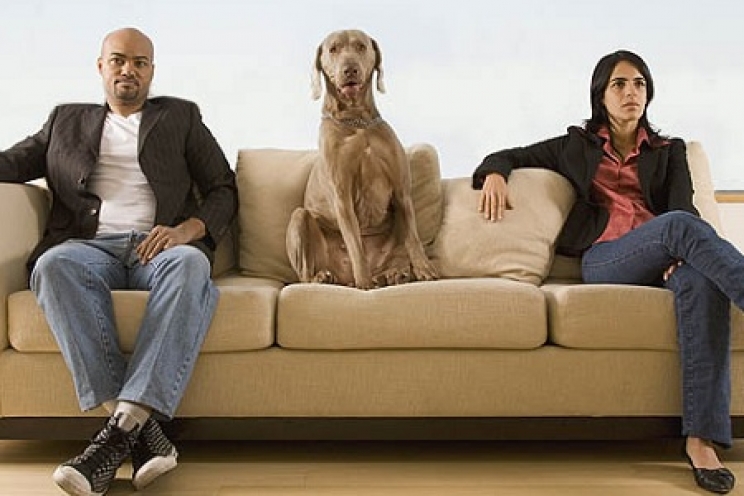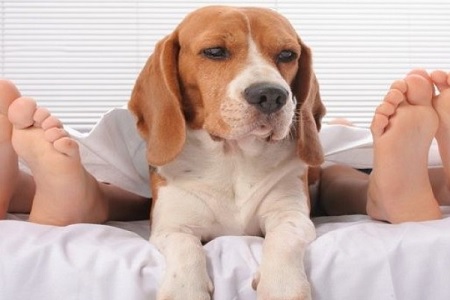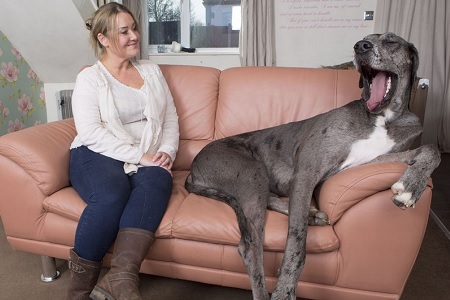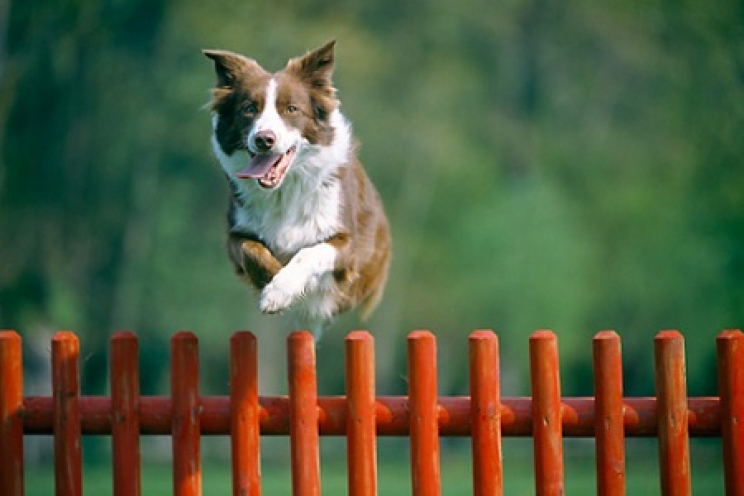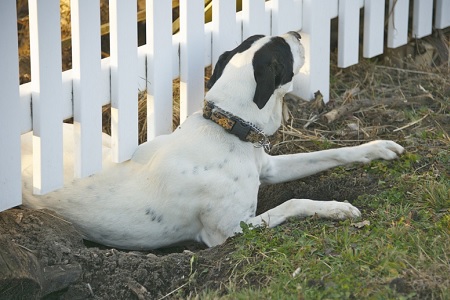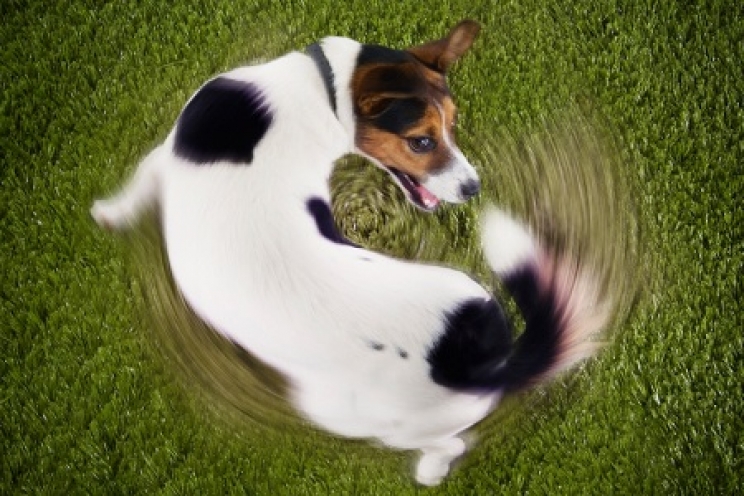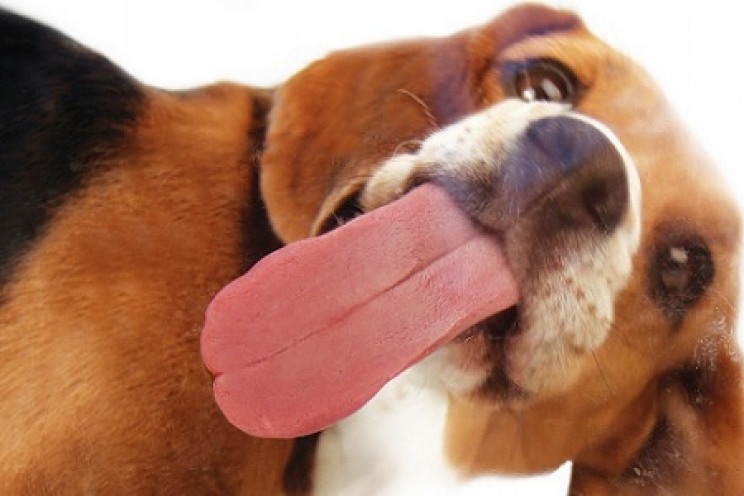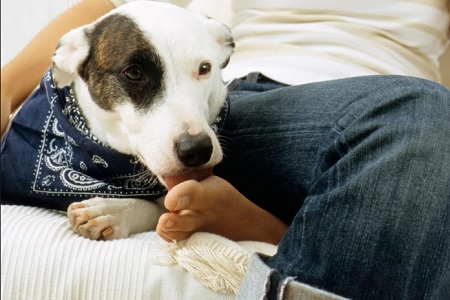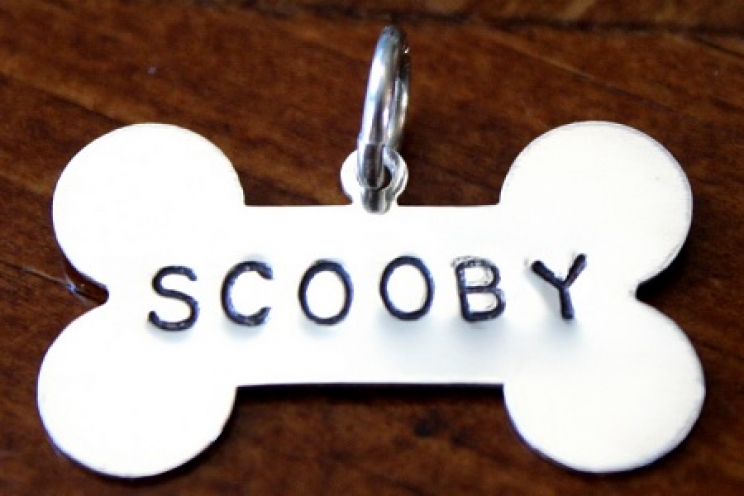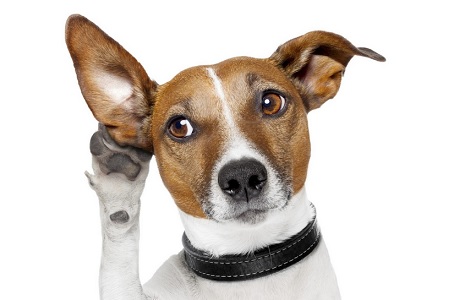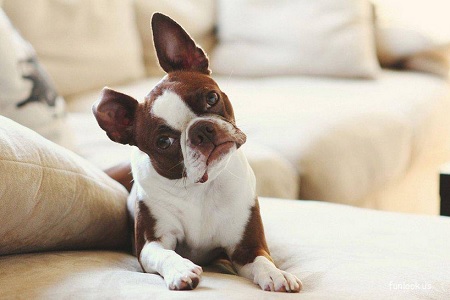Some of us probably have a laugh watching our cat’s intent on whirling around on himself, in a desperate attempt to catch his tail. However, this behaviour, rather frequent especially in puppies, can be the symptom of a behavioural problem called "compulsive disorder".
Compulsive disorders
We have devoted an entire article to this problem, explaining what it is precisely and in what forms it can appear. However, we will try to report the most important information, applying it specifically to the situation of the dog chasing its tail.
Compulsive disorders are nothing more than the animal equivalent of a man's obsessive-compulsive disorder. We are talking about animals that show weird attitudes many times during the day, especially when they feel bored, stressed or afraid.
Among the classic examples, we find the dog or cat licking the floor or glass, ingesting objects, attacking a part of someone’s body (such as the tail or a paw) or chasing the reflections of light. Many of these attitudes, in reality, can also be considered normal at first glance. We mention compulsive disorder when an animal has these “ticks” in a repeated and urgent way. Briefly, if he really wants to bite his tail, nobody will be able to stop him from doing it at that moment.
These attitudes are called "compulsive", precisely because the animal feels the need to remove its internal discomfort (boredom, stress, frustration, fear, anxiety) by transferring it into an urgent action, which therefore represents relief.
In humans, however, we often talk about obsessive-compulsive disorders as the action stems from a fixed, constant, almost manic thought, which generates the need to put compulsive attitude into practice. To give a practical example, a man who feels "dirty", due to various discomforts or psychological traumas, will be obsessed with the idea that everything is covered with bacteria (obsessive thinking) and therefore will try to wash his hands as much as possible (compulsive behaviour).
In dogs and cats, we are not able to know if these obsessive thoughts exist, precisely because we are still unable to understand what they think, so at the moment we can only talk about compulsive attitudes.
How to understand if it is a behavioural problem
The first intervention that we must consider is undoubtedly to contact our veterinarian, who will be able to analyse the situation and understand what the causes of the problem may be. Clearly, in these cases it will be important to be able to provide the veterinarian with all the information that could help him to reach a more founded diagnosis, so we must observe our dog during the day.
- When does compulsive behaviour appear? The morning, the afternoon, the evening, the night, always?
- Is there a special occasions that will encourage the dog to bite its tail? For example when a family member leave the house or when they hear noises from outside
- How do we behave when the dog chases its tail? Do we laugh, caress it, pick it up, scold it, ignore it?
- Have there been any changes in the family or home in the last period?
- Has the dog had any health problems recently?
All these questions can add fundamental elements to obtain a complete picture of the situation. Some of these may even seem unusual to you, but nothing is taken for granted. For example, the vet will want to know how you behave when the dog chases his tail because it may not be a compulsive disorder, but a simple request for attention. Alternatively, if you cuddle or laugh at him he will feel the centre of attention and will continue to do so whenever he feels neglected.
At the same time, if he has a dermatitis that causes severe itching at the base of the tail, he will do anything to scratch himself, turning over on himself until he finds a way to do so. So in this case, it would not be a behavioural problem, but a health problem.
How can we avoid this behaviour?
Once the vet has successfully identified the cause of the problem, he or she can provide a series of indications to stop the upstream mechanism of the behavioural disorder. This means that a good research must be done to understand what the source of the problem is, either boredom, anxiety, stress or fear.
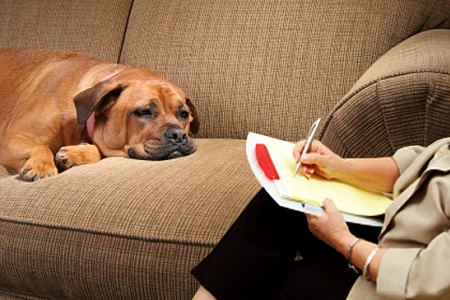
It is not a simple task, so forget the do-it-yourself and rely on a good expert. Be wary of some educators or veterinarians who don't have the necessary skills to deal with a behavioural problem.
You will also need to consider that this type of ailment tends to get worse over time if you don't proceed in the right way. So avoid ignoring the problem, because it could become more and more frequent or you might find yourself with many more additional compulsive behaviours, which would add up to the original one.
The principle behind the "therapy" for compulsive disorders requires the removal of the source of discomfort, if possible. In this case, the veterinarian will understand the cause of the problem and recommend a suitable way to decrease or eliminate it.
At the same time, it is very important for the dog to stop this behaviour in the right way. Shouting at him or picking him up while biting his tail is definitely not a good solution, quite the opposite. In the first case, we would increase psychological stress, triggering an even stronger desire to chase the tail. Secondarily, he would feel rewarded for what he has done, without diverting the thought of doing it again.
Therefore, the only useful advice to follow is to make sure that the dog's mind concentrates on positive activities, which in a few words allow him to “waste time” productively. Here are the most effective methods:
- Purchase a game of mental activation or intelligence, such as interactive boards, puzzles, but also the numerous to-do games, which you can consult on the specific article. The purpose of these activities is to allow the dog to concentrate in order to find the snack hidden inside the toy, obtaining the reward and personal gratification;
- Use the controls - such as "paw" or "sit" - to make sure that he focuses on us and on the reward it will receive at the end of the exercise;
- Enroll in an agility course, to teach the dog to channel his energies into a very rewarding sport from a self-esteem point of view;
- Go out together more often in the open air, letting the dog run freely in the fields to release the tensions accumulated during home life.
All these tips have the possibility of helping him not to think excessively about this inconvenience. Remember, however, that stress, boredom and all the other problems underlying behavioural disorders must never be neglected, because in the long run they can compromise the health of our dog.
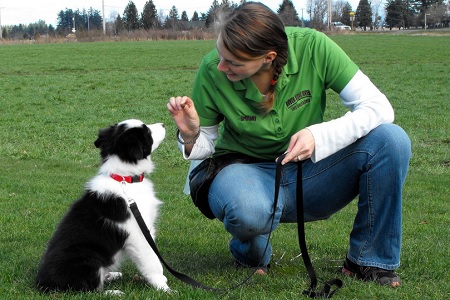 An alternative method is based on posture
An alternative method is based on posture
